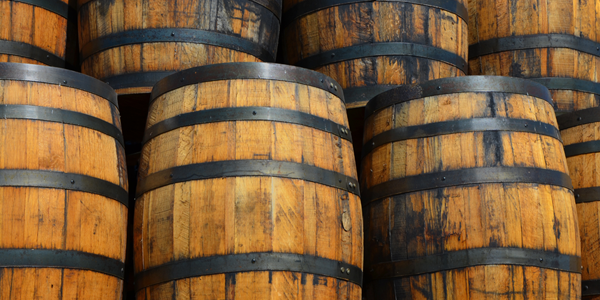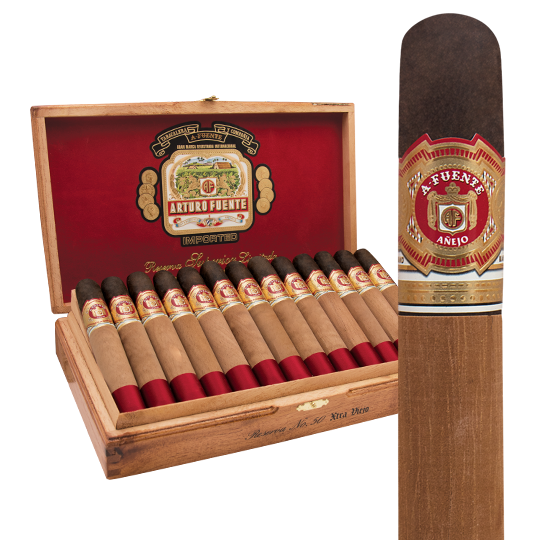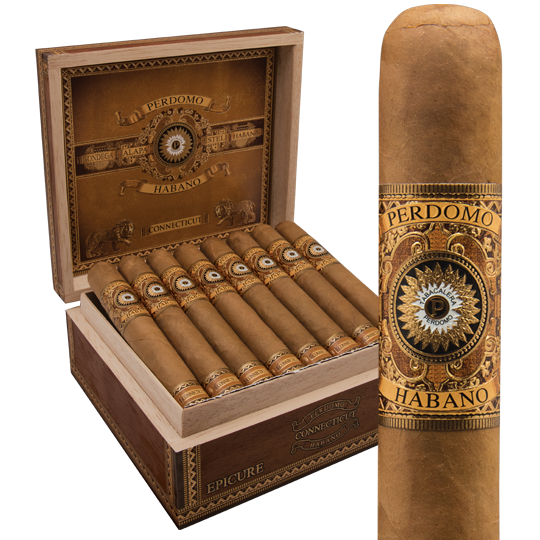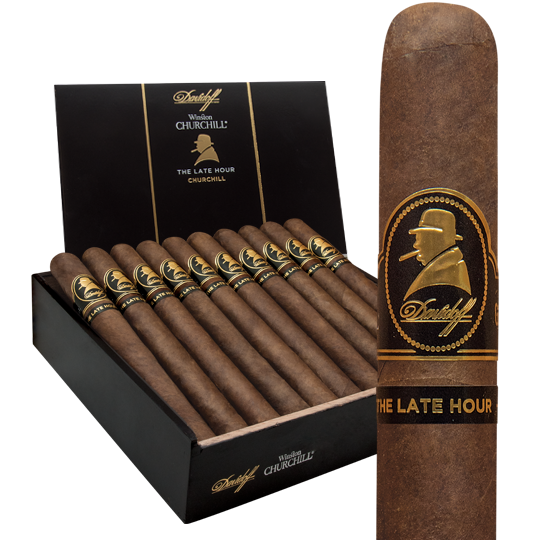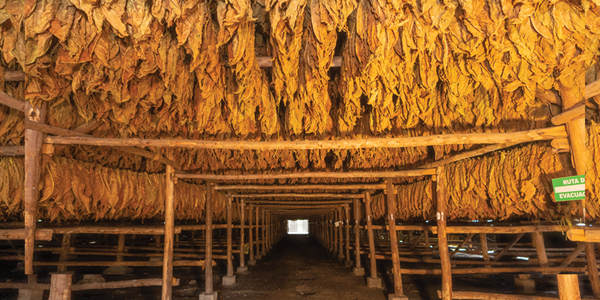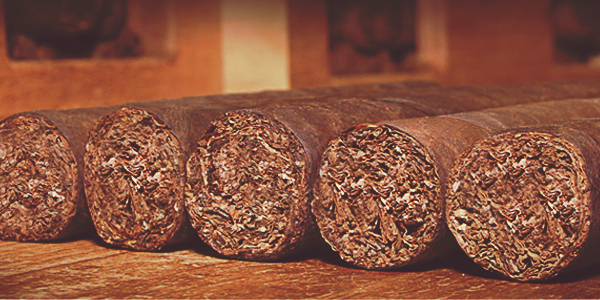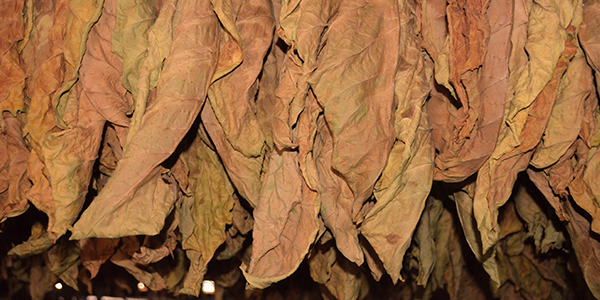What Is Barrel-Aging Tobacco?
One thing we know from experience is that every cigar-maker has their own way of doing things. This is true when it comes to aging the tobacco that goes into their cigars. Among the methods gaining popularity these days is barrel-aging. What is barrel-aging of tobacco? Well, the answer is really in the question. Barrel-aging involves the tobacco leaves being put into barrels previously used for wine, or spirits like bourbon or rum. Some cigar-makers age only wrapper leaf in barrels, others only binder or filler. This happens after the tobacco has already undergone a preliminary aging step and, in the case of one very famous cigar, is the third fermentation of the tobacco.
Fermentation
Just to be clear, before tobacco is rolled into cigars, the leaves are fermented. That means they are aged. This process is used to remove impurities from the tobacco, mainly using heat and time. Also, the sugar levels increase. Putting the tobacco in barrels, usually up to 95°F for a period between five months and a year, helps mellow the tobacco. During this time, the leaves are moved around in the barrel so all the leaves are exposed to the walls of the barrel.
Charring the Barrel
One aspect of aging tobacco in barrels that enhances the fermentation is the charring of the inside of the barrels. This essentially creates a charcoal filter that makes the extraction of impurities more efficient.
Flavor
As mentioned, the use of barrels is about removing impurities. The barrels do not transfer flavors of the bourbon or rum to the tobacco in any significant way, for example, that they held previously. It’s possible for the resins of the tobacco to mingle with the resins in the barrel lining and that can result in modifying the flavor of the tobacco, but usually only slightly.
Cuba
Barrel-aging, like much of what happens in the cigar industry, originated in Cuba and was revitalized more widely in the 1980s. Barrel-aging is utilized in Cuba’s most famous cigar brand, Cohiba. While other Cuban cigars go through two fermentations, Cohiba undergoes a third in oak barrels. This is not unanimously agreed upon as useful or even beneficial. Many believe that the third fermentation could remove more than impurities from the leaves, affecting flavor. Others think there’s no need for the third phase. Still, Cohiba is among the premier cigars using barrel-aged tobacco.
Barrel-Aged Cigars Today
Among the better cigar-makers today aging tobacco in barrels, Perdomo brand owner Nick Perdomo is a strong proponent of the practice. The Perdomo Habano line uses bourbon barrels to age wrapper leaves for about six months. Perdomo ages Connecticut Shade, Sun Grown, and Maduro wrapper tobacco in the barrels and says that the effects are somewhat varied. In a video, Nick explains the barrel-aging process and likens the wrappers to “filet mignon, New York strip, and rib eye” steaks as he illustrates the differences in flavor among them.
“If you age it well,” Perdomo says of the Connecticut Shade, “it has a creamy, almost spicy, peppery flavor.” The color is a bit darker than other similar wrappers after it comes out of the barrel. The Sun Grown comes out with an earthy spice. “If you look at these Maduro wrappers, it’s the color of dark chocolate, and those are some of the flavors you pick up.” Perdomo recommends smoking the Habano in each of the wrappers to experience the differences.
The Perdomo Habano Connecticut Torpedo, 6.5 x 54, about $9.00, is a mild to medium-bodied blend of Cuban-seed Nicaraguan tobaccos wrapped in that barrel-aged leaf. You’ll get some roasted nuts and a soft spice leading to a creamy finish. The Perdomo Habano Sun Grown Epicure, 6 x 54, less than $9, has the same filler in a more tanned wrapper that puts it solidly in the medium range. It’s earthier and woodier than the Connecticut, with a light spice and a bit of almond sweetness coming through. The same size in a Maduro wrapper amps up the power to a medium to full-bodied profile and brings notes of espresso, dark chocolate, and earth with the sweetness that Maduro wrappers are known to offer at the end.
The Arturo Fuente Anejo is a cigar born of natural disaster. In 1998, when a hurricane destroyed the Chateau de la Fuente farm where the Fuente Fuente Opus X tobacco is grown, leaving no wrapper leaf available, the Fuentes chose a Connecticut Broadleaf Maduro aged in Cognac barrels to envelop the Opus X blend. The Pyramid (#55), 6 x 55, is in the $12 range. This is a silky full-bodied cigar that is very difficult to find as it’s made in limited quantities.
If you’re feeling especially spendy for a barrel-aged cigar, Davidoff Winston Churchill Late Hour Churchill starts at around $21. This medium-full, 7 x 48 cigar is made with a dark Ecuador Habano wrapper around a San Andrés binder and filler leaves from Nicaragua and the Dominican Republic. Select tobaccos are aged for six months in casks that used to hold single-malt Scotch. There are solid notes of coffee, pepper, and wood.

